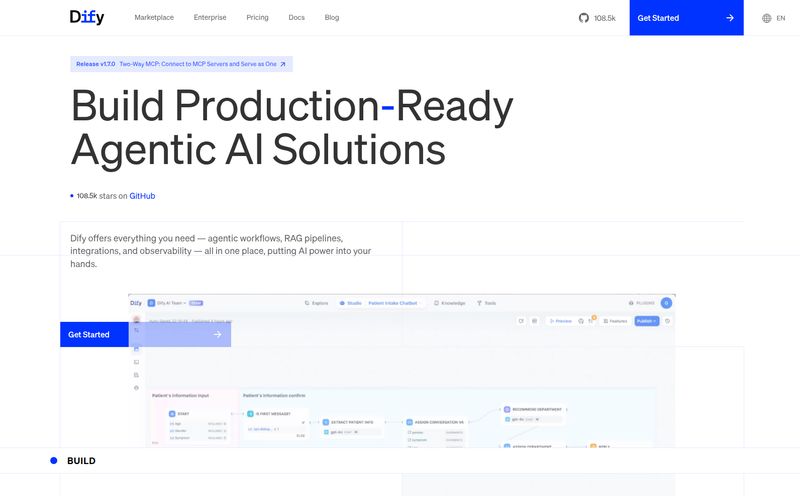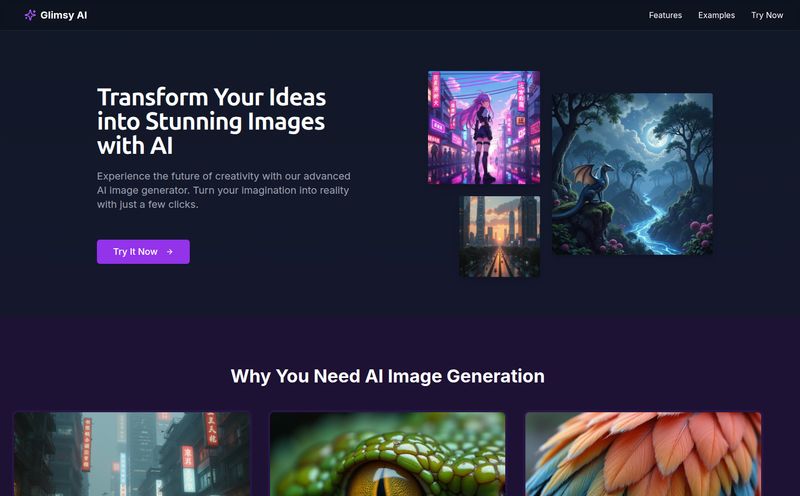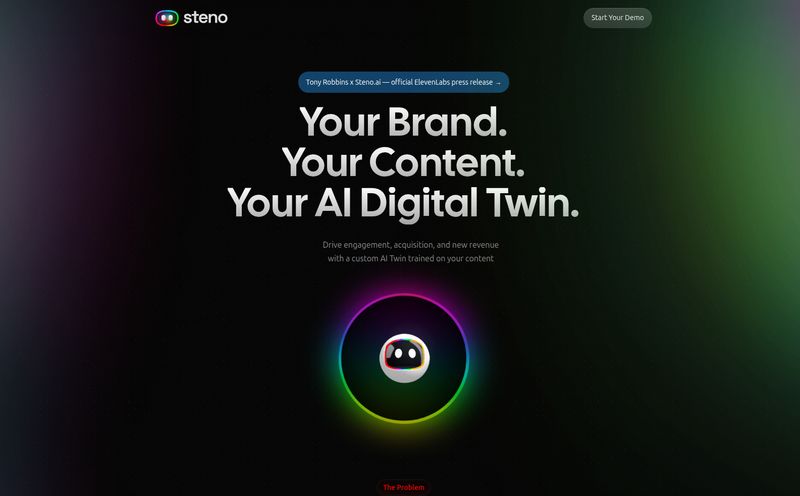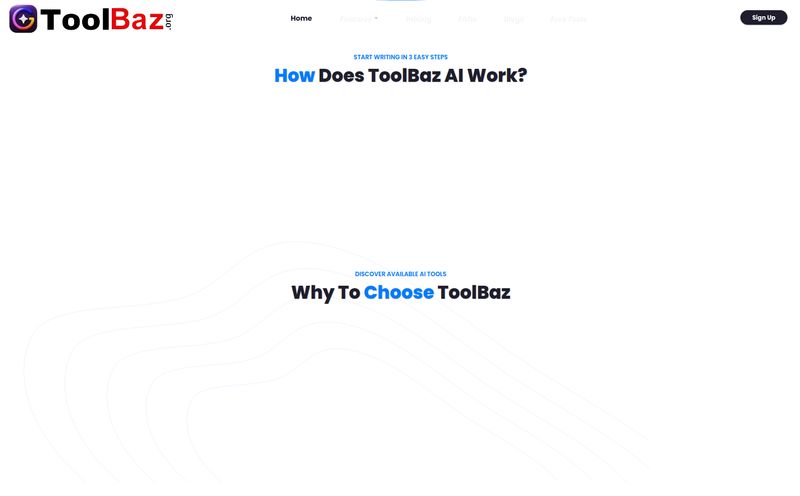Alright, let’s have a real chat. For the last couple of years, it feels like we’ve all been living in the kingdom of OpenAI and Google. Their models—GPT-4o, Gemini—are incredible, no doubt. They’ve changed how we create content, write code, and even search for information. But let’s be honest, it also feels a bit like we’re just renting space in their walled gardens. The models are black boxes. We pay our monthly fee, use the API, and hope they don’t change something that breaks our entire workflow overnight.
It’s a bit frustrating, right? Especially for those of us who like to get our hands dirty, to tinker, to build something truly our own.
Then, almost out of nowhere, a new contender enters the ring. And it’s not from the usual suspects. It’s from ByteDance’s research arm, and it’s called BAGEL. And no, it’s not a breakfast-themed LLM. It’s a full-blown, open-source, unified multimodal model that’s making some seriously bold claims. The big one? Functionality comparable to GPT-4o.
My first thought was, yeah, right. We’ve heard that before. But the more I looked into it, the more I realized… this might actually be the one. This could be a huge deal for the open-source community and for anyone tired of being locked into proprietary systems.
What in the World is BAGEL AI?
So, putting the slightly odd name aside, what is BAGEL? In a nutshell, it’s an AI model that understands and generates both text and images in a single, unified system. Think of it less like two separate tools glued together and more like a true AI Swiss Army knife. It can look at a picture and describe it, answer questions about it, and then generate a brand new photorealistic image based on your text prompts. Or even edit an existing image with spooky precision.

Visit BAGEL
The most important part? It’s released under an Apache 2.0 license. For the non-developers in the room, that means it’s genuinely open-source. You can download it, modify it, fine-tune it on your own data, and deploy it wherever you want. You own the whole process. That is a level of freedom we just don’t get from the big players.
The Core Features That Actually Matter
Every new AI model comes with a laundry list of features. But a few of BAGEL’s capabilities really caught my eye, not just as a tech enthusiast but as an SEO professional who deals with content and traffic daily.
Truly Unified Multimodality
This is the secret sauce. Many so-called “multimodal” systems are really just a Large Language Model (LLM) connected to an image generation model like Stable Diffusion. They talk to each other, but they don't think together. BAGEL is different. Its architecture, a fancy-sounding thing called a Mixture-of-Transformer-Experts (MoT), was designed from the ground up to process image and text data natively. This means it has a much deeper, more contextual understanding. It’s the difference between having two specialists who consult each other and having one genius who’s an expert in both fields.
Next-Level Image Generation and Editing
We’ve all seen AI images that look… off. Weird hands, distorted faces, or that glossy, uncanny valley sheen. The examples from BAGEL show a remarkable level of photorealism. More impressive to me, though, is the editing. The technical paper shows it can edit parts of an image while perfectly preserving the visual identity and fine details of the rest. Want to change a person’s shirt in a photo without altering their face or the background? This is the kind of task where other models often fall flat, but BAGEL seems to handle it with ease. This is huge for e-commerce, advertising, and anyone creating visual content.
A 'Thinking Mode' for Better Results
This one is fascinating. BAGEL incorporates a “thinking mode.” From what I can gather, it's a process where the model takes a moment to reason and generate a chain-of-thought before producing the final output. It’s like telling someone, “hey, don't just blurt out the first answer that comes to mind. Think it through.” This seems to lead to more nuanced, consistent, and logically sound creations, especially for complex requests that involve both text and image manipulation. It’s a step closer to AI that doesn’t just generate, but composes.
BAGEL vs. The Titans: An Honest Comparison
Okay, the claim of being “comparable to GPT-4o and Gemini 2.0” is a heavy one. That’s like a new indie band saying their first album is as good as Abbey Road. But the benchmarks in their technical report are pretty compelling, showing it outperforming other open models. Here’s my breakdown of how it really stacks up in practical terms:
| Feature | BAGEL AI | GPT-4o (OpenAI) | Gemini 2.0 (Google) |
|---|---|---|---|
| Model Access | Open-Source (Apache 2.0) | Proprietary (API Access) | Proprietary (API Access) |
| Primary Function | Unified Multimodal | Unified Multimodal | Unified Multimodal |
| Fine-Tuning | Yes, fully customizable | Limited via API | Limited via API |
| Deployment | Self-hosted, anywhere | On OpenAI's cloud | On Google's cloud |
| Key Differentiator | 'Thinking Mode', Openness | Brand recognition, ease of use | Deep integration with Google ecosystem |
The takeaway is clear. While GPT-4o offers incredible power with unmatched ease of use through a polished interface and API, BAGEL offers a similar level of power with total control. You trade convenience for sovereignty.
Okay, So What's the Catch? The Cost of 'Free'
Nothing is ever truly free, is it? The information available doesn't list any real disadvantages of the model itself, but the catch isn't a technical flaw—it's a practical reality.
Open-source does not mean free to run. BAGEL is a beast. To run a model this powerful, you need some serious hardware. We’re talking high-end GPUs, a lot of VRAM, and the technical know-how to set up a complex software environment. This isn’t a tool you can just run on your laptop or a cheap web hosting plan. The cost shifts from a predictable monthly subscription to a potentially hefty upfront investment in hardware and the ongoing cost of electricity and maintenance. It's built for developers, startups, and research labs, not for the average blogger looking to whip up a quick featured image.
My Take: Why This is a Bigger Deal Than You Think
As someone who lives and breathes SEO and digital content, I find this incredibly exciting. For years, we’ve been trying to create unique, high-quality content to stand out. Then AI came along and flooded the internet with a tidal wave of generic, soulless articles and images. It’s become harder than ever to be original.
An open-source model like BAGEL changes the equation. It democratizes power. A small e-commerce brand could fine-tune it on their product catalog to create infinite, perfectly on-brand lifestyle shots. A real estate agency could use it to create photorealistic virtual staging. A niche blogger could train it on their specific artistic style to generate truly unique illustrations that nobody else can replicate. It allows for the creation of a proprietary “content engine” that is defensible and unique.
This is how you win in the new era of AI-driven search and content. Not by using the same generic tools as everyone else, but by building your own. BAGEL gives you the foundation to do just that.
Frequently Asked Questions About BAGEL AI
- What is BAGEL AI?
- BAGEL is an open-source, unified multimodal AI model from ByteDance-Seed. It excels at understanding, generating, and editing both images and text, with capabilities that are competitive with leading proprietary models like GPT-4o.
- Is BAGEL AI free to use?
- Yes and no. The model itself is free to download and modify under the Apache 2.0 license. However, running it requires significant and costly computing resources (like powerful GPUs), which you have to provide and pay for yourself.
- Who developed BAGEL AI?
- It was developed by ByteDance-Seed, the research division of ByteDance. This is the same parent company behind the popular social media platform TikTok.
- How is BAGEL different from GPT-4o?
- The biggest difference is access and control. BAGEL is open-source, meaning you can host it yourself and customize it deeply. GPT-4o is a proprietary, closed-source model that you can only access through OpenAI's API and platforms. While their core capabilities are similar, BAGEL gives developers full control.
- Can I use BAGEL for my business today?
- If you have a team of developers or machine learning engineers, absolutely. It's ready for those with the technical skills to deploy and fine-tune it. For non-technical users, you'll likely need to wait for other companies to build more user-friendly applications on top of the BAGEL model.
- What does 'natively multimodal' mean?
- It means the AI was designed from its very core to process and understand different types of data (like images and text) together in a single system, rather than having separate models for each task that are simply connected.
A Freshly Baked Opportunity
Look, BAGEL isn't going to replace ChatGPT for your grandma tomorrow. It’s a tool for builders. But it represents a massive step forward for the open-source AI movement. It’s a clear signal that the incredible power of top-tier multimodal AI doesn’t have to remain locked behind the walls of a few mega-corporations.
For developers, entrepreneurs, and creators willing to roll up their sleeves, BAGEL isn’t just a new model; it’s a new set of ingredients. And I, for one, can’t wait to see what people start baking with it.



